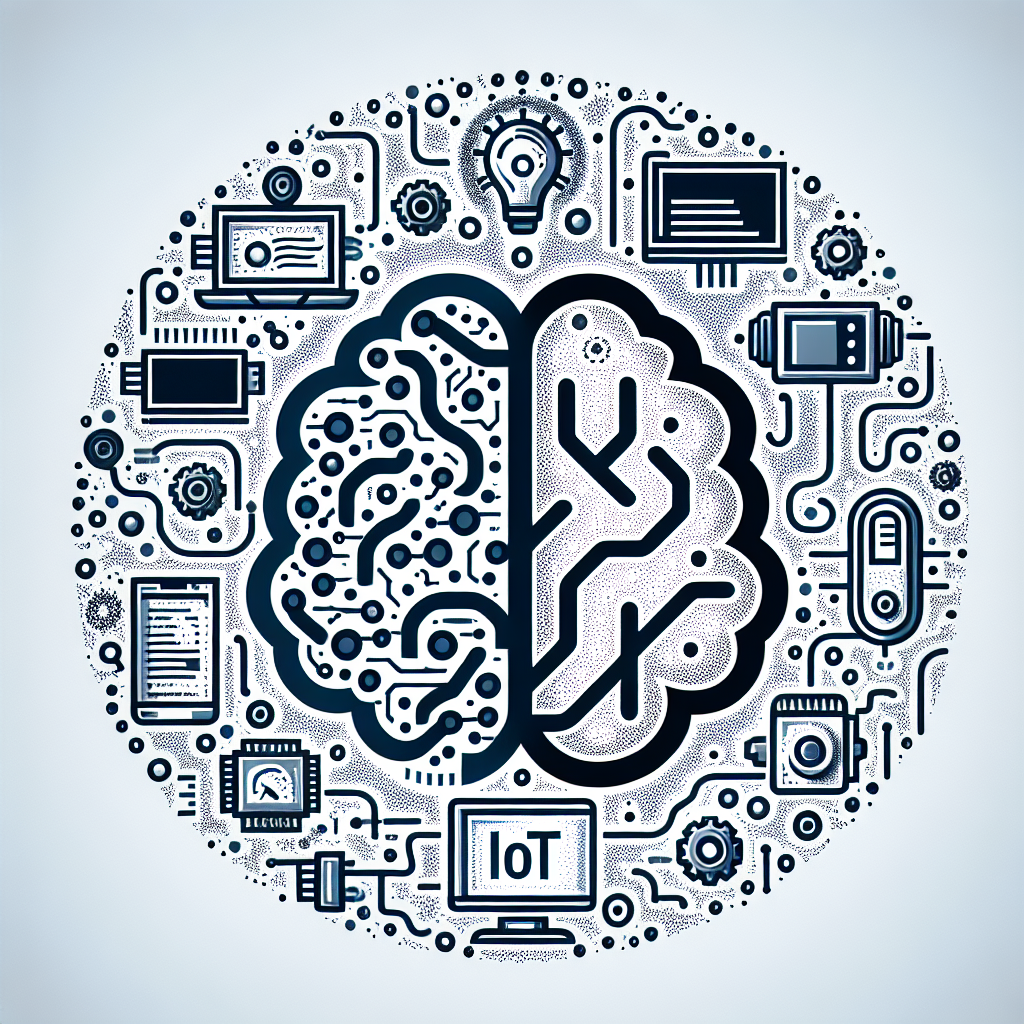The Intersection of AI Software and IoT
In recent years, the Internet of Things (IoT) has become increasingly prevalent in our daily lives. From smart home devices to wearables and industrial sensors, IoT technology is revolutionizing the way we interact with our surroundings. At the same time, artificial intelligence (AI) software has been rapidly advancing, with applications ranging from virtual assistants to autonomous vehicles. The intersection of AI software and IoT has the potential to further enhance the capabilities of both technologies, creating a more intelligent and connected world.
What is IoT?
The Internet of Things refers to the network of physical objects embedded with sensors, software, and other technologies that enable them to collect and exchange data with other devices and systems over the internet. These objects can range from simple household appliances to complex industrial machinery. The data collected by IoT devices can be used to monitor and control various aspects of our environment, leading to increased efficiency, convenience, and productivity.
What is AI Software?
Artificial intelligence software refers to computer programs that are capable of performing tasks that typically require human intelligence, such as learning, problem-solving, and decision-making. AI software can be designed to analyze large amounts of data, recognize patterns, and make predictions based on that data. This technology is used in a wide range of applications, from speech recognition to image processing to autonomous driving.
The Intersection of AI Software and IoT
The integration of AI software with IoT devices has the potential to transform how we interact with the physical world. By combining the data collected by IoT devices with the analytical capabilities of AI software, we can create systems that are more intelligent, adaptive, and responsive. Here are some ways in which AI software and IoT are intersecting:
1. Predictive Maintenance: One of the key applications of AI software in IoT is predictive maintenance. By analyzing the data collected by sensors embedded in machines and equipment, AI algorithms can predict when a component is likely to fail and alert maintenance personnel before it happens. This can help prevent costly downtime and extend the lifespan of assets.
2. Smart Grids: AI software can be used to optimize energy consumption in smart grids by analyzing data from IoT devices such as smart meters and sensors. By predicting peak demand periods and adjusting energy production and distribution accordingly, AI can help reduce energy costs and improve grid reliability.
3. Personalized Healthcare: IoT devices such as wearables and medical sensors can collect real-time data on a person’s health status. By combining this data with AI algorithms, healthcare providers can personalize treatment plans, monitor patients remotely, and even predict potential health issues before they arise.
4. Smart Cities: AI software and IoT technology can be used to create smart cities that are more efficient, sustainable, and livable. By collecting data on traffic patterns, air quality, energy usage, and other factors, city planners can make informed decisions to improve infrastructure, reduce congestion, and enhance public services.
5. Autonomous Vehicles: AI software plays a crucial role in the development of autonomous vehicles. By processing data from sensors such as cameras, lidar, and radar, AI algorithms can make real-time decisions on steering, acceleration, and braking to navigate safely through traffic.
FAQs
Q: What are the challenges of integrating AI software with IoT devices?
A: One of the main challenges is the interoperability of different IoT devices and software platforms. AI algorithms need to be able to access and analyze data from various sources, which can be difficult if the devices use different communication protocols or data formats. Security and privacy concerns are also significant challenges, as AI software relies on sensitive data collected by IoT devices.
Q: How can businesses benefit from the intersection of AI software and IoT?
A: Businesses can benefit from increased efficiency, productivity, and cost savings by leveraging AI software and IoT technology. Predictive maintenance can help reduce downtime and maintenance costs, while personalized healthcare can improve patient outcomes and reduce healthcare costs. Smart cities can attract investment and improve quality of life for residents, while autonomous vehicles have the potential to revolutionize transportation and logistics.
Q: What are some examples of AI software and IoT applications?
A: Some examples include smart home devices that use AI to learn user preferences and automate household tasks, industrial sensors that use AI for predictive maintenance and quality control, and agricultural drones that use AI and IoT to optimize crop management. Virtual assistants such as Siri and Alexa also rely on AI algorithms to understand and respond to user queries.
In conclusion, the intersection of AI software and IoT has the potential to revolutionize how we interact with the physical world. By combining the data collection capabilities of IoT devices with the analytical power of AI algorithms, we can create systems that are more intelligent, adaptive, and responsive. From predictive maintenance to personalized healthcare to smart cities, the possibilities are endless. As technology continues to evolve, we can expect to see more innovative applications of AI software and IoT that will shape the future of our connected world.

